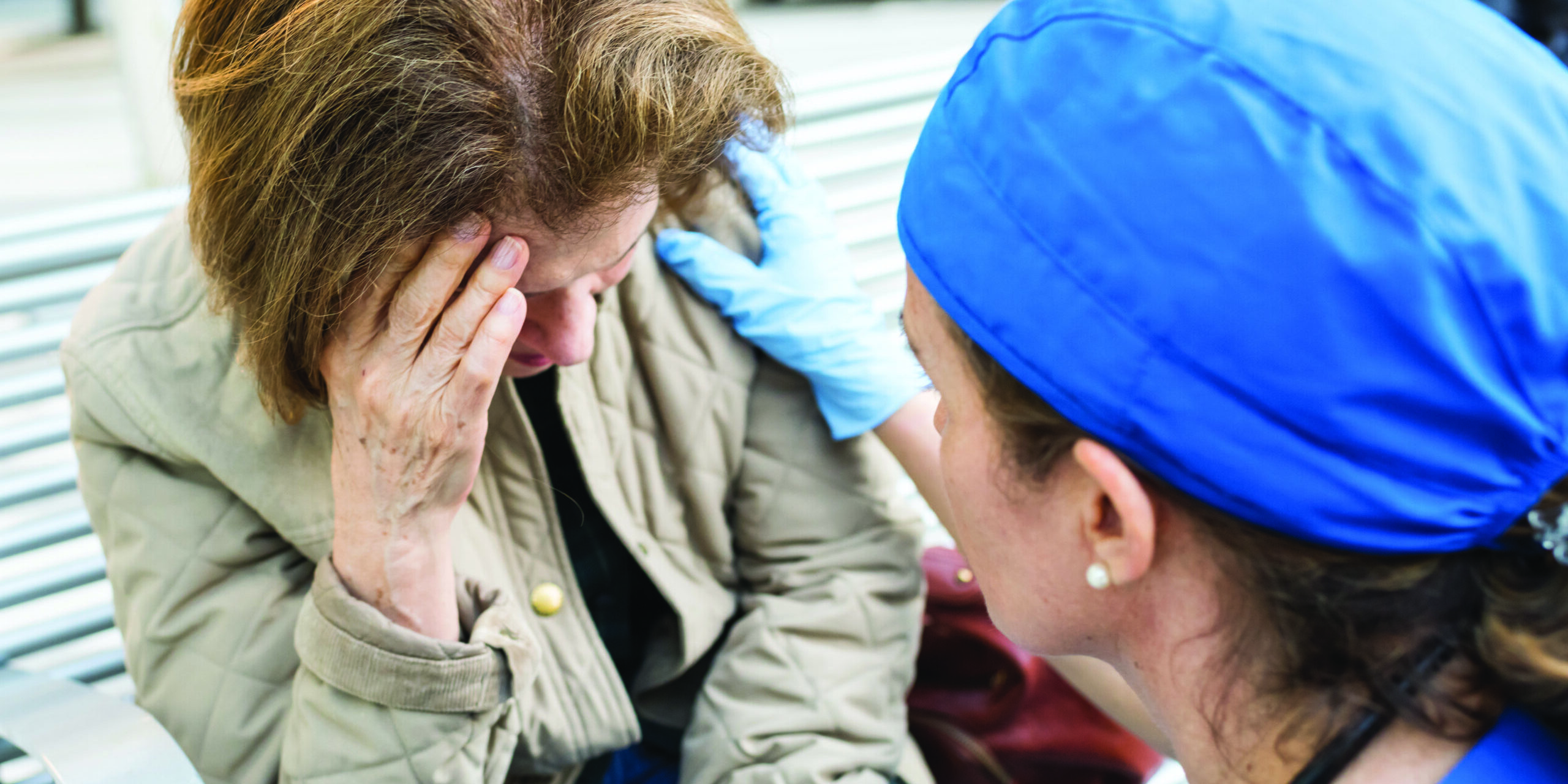A stroke is a medical emergency that can occur when blood flow to the brain is blocked or there is sudden bleeding in the brain. Strokes are the fifth leading cause of death and one of the primary contributors to disabilities in the United States.
“Some of the leading causes of strokes are high blood pressure/hypertension, high cholesterol, smoking, and diabetes; and about 1 in 3 Americans have at least one of these concerns. This is the reason it is important to manage these conditions and habits with your doctor and make sure you are not at risk,” says internal medicine physician Hinal Mehta, DO.
Signs of a stroke
The indications of a stroke span from slight weakness to complete paralysis or numbness on one side of the face or body. Additional signs may encompass a sudden and intense headache, unexpected weakness, vision impairment, and difficulties with speech or understanding language.
Helping someone who is having a stroke
The stroke treatments that work best are available only if the stroke is recognized and diagnosed within three hours of the first symptoms. Therefore, it is important to act fast if you think someone is having a stroke. Following these F.A.S.T. simple steps to help those in need:
F: Face. Ask the person to smile. Is their face dropping or are they unable to move one side of their face?
A: Arms. Ask the person to raise both arms. Is one of their arms drifting or unable to be lifted?
S: Speech. Ask the person to repeat a simple sentence. Can you understand what they are saying or is their speech slurred?
T: Time. Call 911 right away if you identify these symptoms. Time is of the essence.
Knowing how to assist someone experiencing a stroke by following the F.A.S.T. steps can be pivotal in ensuring timely medical intervention. Acting in a timely fashion can significantly impact the outcome, as effective stroke treatments are most beneficial when administered within a narrow time frame after the onset of symptoms. Remembering the acronym F.A.S.T. (Face, Arms, Speech, Time) and promptly calling emergency services can make a crucial difference in someone’s journey toward recovery and minimize potential long-term effects.
Sources:

